
Why Be a Thought Leader if You’re in HR Tech? 4 Key Reasons
If you’re a leader in HR Tech, you want to be known for your expertise and your perspective. That’s how you build trust in your

If you’re a leader in HR Tech, you want to be known for your expertise and your perspective. That’s how you build trust in your
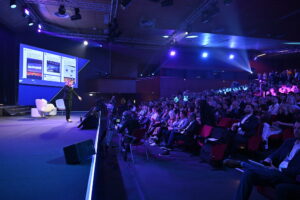
Sponsored by SAP SuccessFactors. Most weeks, you’ll find me on the road visiting customers, joining partner events, and connecting with our SAP teams around the

Video content is everywhere—from newsrooms and social media feeds to the bright lights of Times Square advertisements—and now it’s becoming a staple in the workplace.

I’m just going to come out and say it: the SAP SuccessConnect 2024 (October 28-30) was a blast. Why? For one thing it reminded me

AI has become a readily available tool for employers with a spectrum of high value use cases, including risk management. A recent poll showed that

Sponsored by Firstup. We’ve all encountered employee onboarding nightmares. Perhaps your manager forgot your start date. Or maybe the tools and technology assigned to you didn’t

In today’s cutthroat talent market, employers are trying to find and hire the best candidates as quickly as possible. At the same time, thousands of

Most of us assume that modern organizations are thriving, with digital technology connecting everyone and driving new levels of workforce productivity. It’s easy to believe,

These days, artificial intelligence is everywhere we turn. But it’s no longer just a cool buzzword. It’s real. For proof, look at recent posts on

As artificial intelligence continues to spread across the business landscape, it is transforming work in countless ways. For example, thanks to AI, we’re entering a

Artificial intelligence (AI) is transforming organizations at a breathtaking pace. But even positive change can trigger push-back from detractors. When left unchecked, AI resistance can

Among the many trends that are rapidly redefining work, perhaps the most consequential for HR is the arrival of artificial intelligence (AI). But this points

The days of HR focusing solely on personnel management and administrative duties are long gone. Now, as organizations step fully into the digital era, the

With so many organizations moving online, the way they recruit and welcome new talent is changing, too. Today, more employers hire digitally because it’s convenient,

The challenges talent leaders face these days with recruitment marketing remind me of my past life as a swimmer. Despite the early mornings, hard workouts,

In an era defined by rapidly evolving technologies and industries, young people face a daunting task. How can they find the best job opportunities in
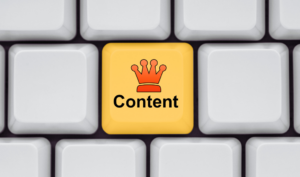
These are exciting times for anyone involved in employee learning. As generative AI becomes mainstream, the learning content authoring possibilities seem endless. However, cool content
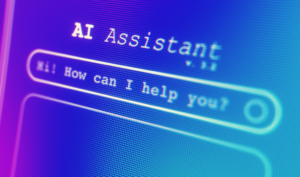
The push/pull challenge of change management is never easy to embrace. After all, resisting disruption is human nature. But the process of unlearning and relearning

Artificial intelligence. Some leaders love it. Some have accepted it. Others still have serious questions about it. But whatever your opinion may be, there is
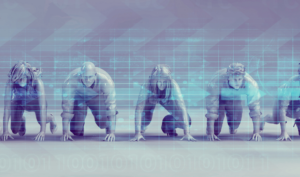
With so many interesting new HR tools available lately, are you wondering if more modern HR analytics could improve your workforce planning capabilities? In a

In recent years, digital transformation has been one of the hottest topics in leadership circles. Technology is central to this kind of complex, large-scale endeavor.
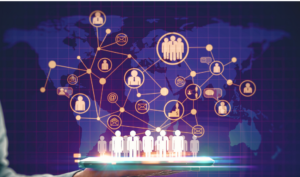
As artificial intelligence becomes more deeply embedded in everyday workflows, it is rapidly transforming the way businesses operate. For example, the recent rise of generative

Over the years, worktech solutions of all types have repeatedly promised to transform the workplace. Still, employers aren’t so sure. In fact, it can feel

In recent years, we’ve seen an explosion in new and improved digital tools for HR and work activities. But with the landscape changing so rapidly,

As technology continues to evolve, so does the way we connect and work with others. One of the newest advances in technology is the metaverse,